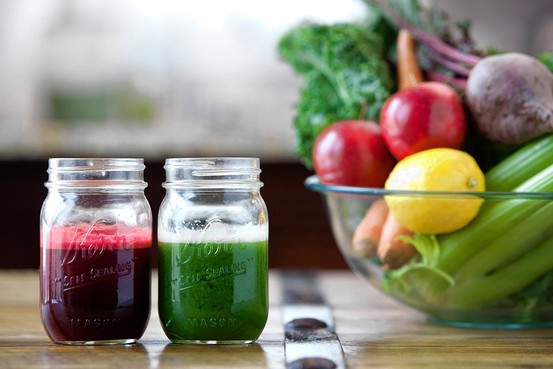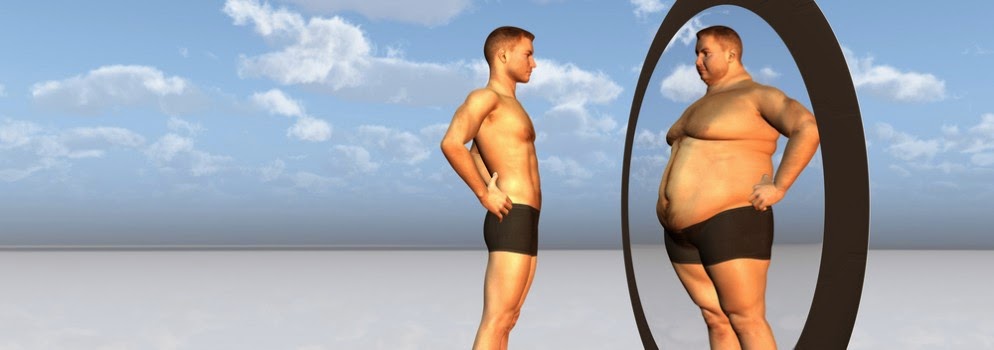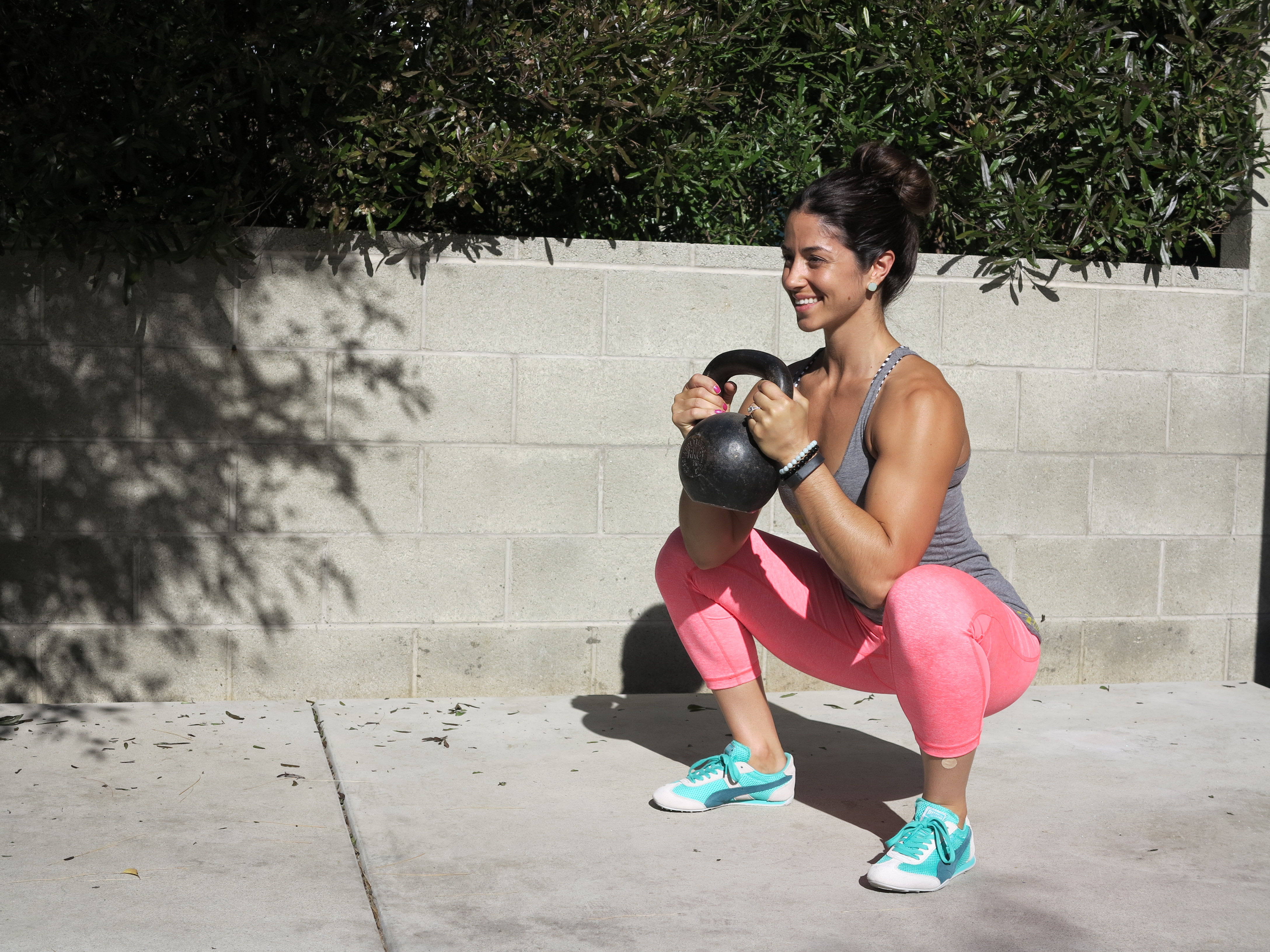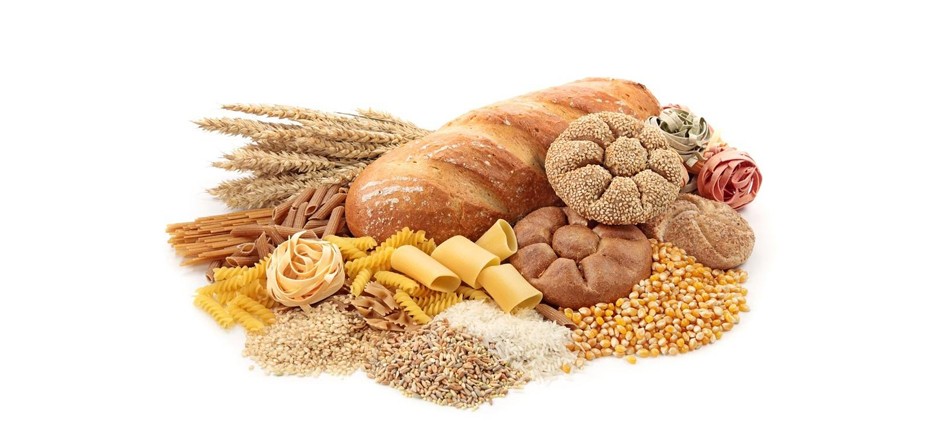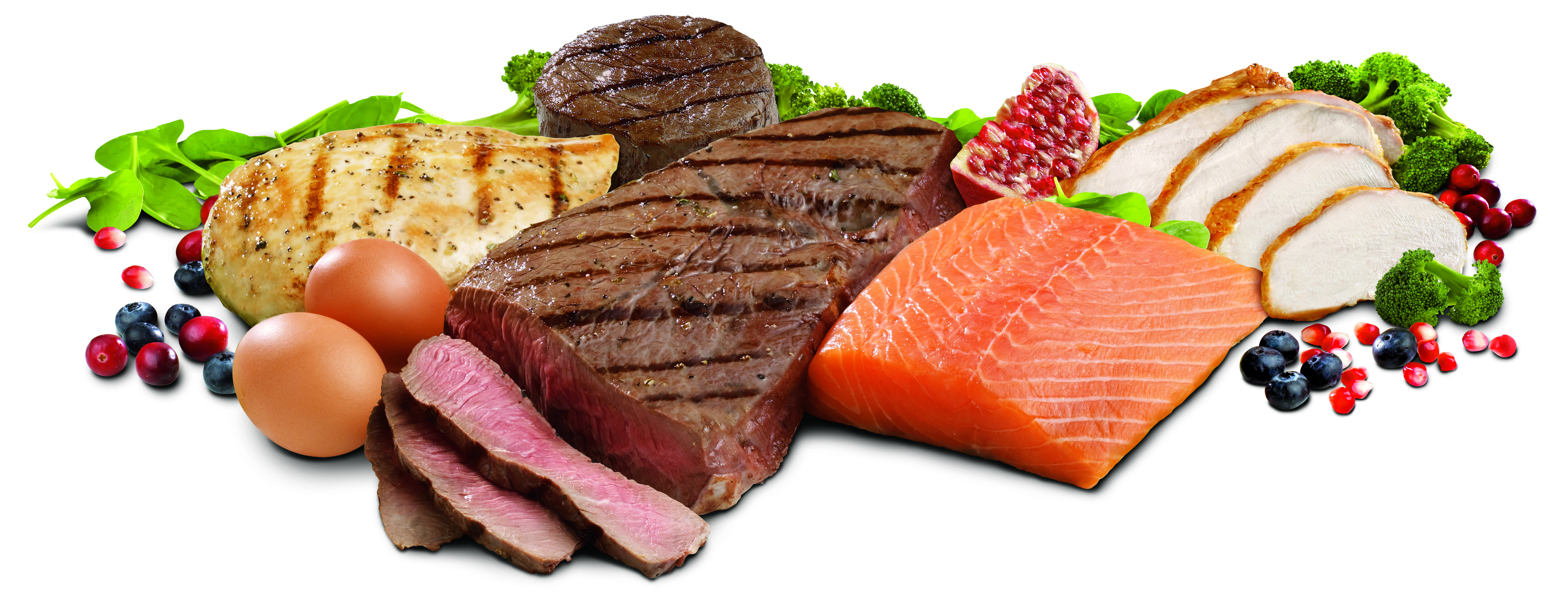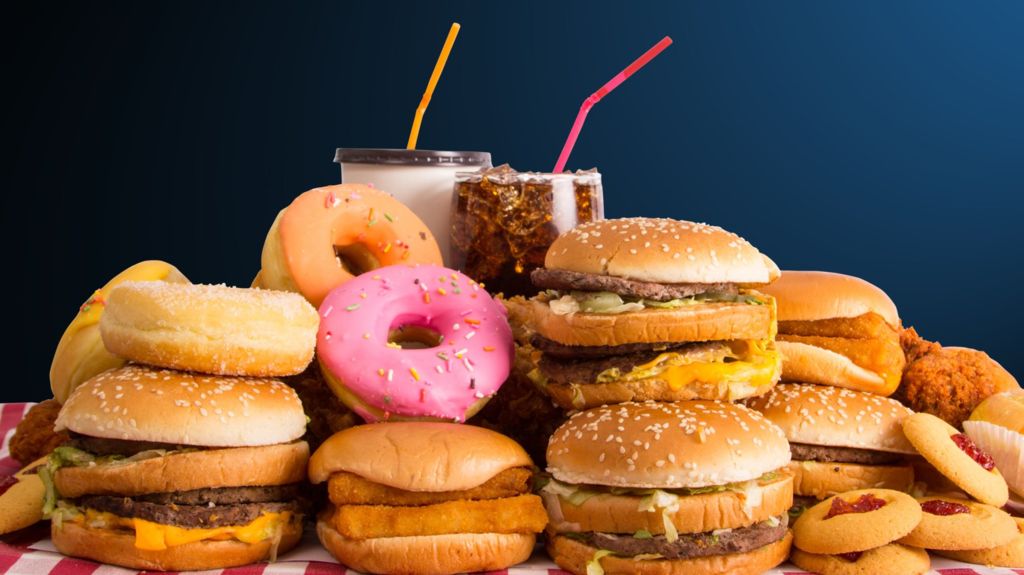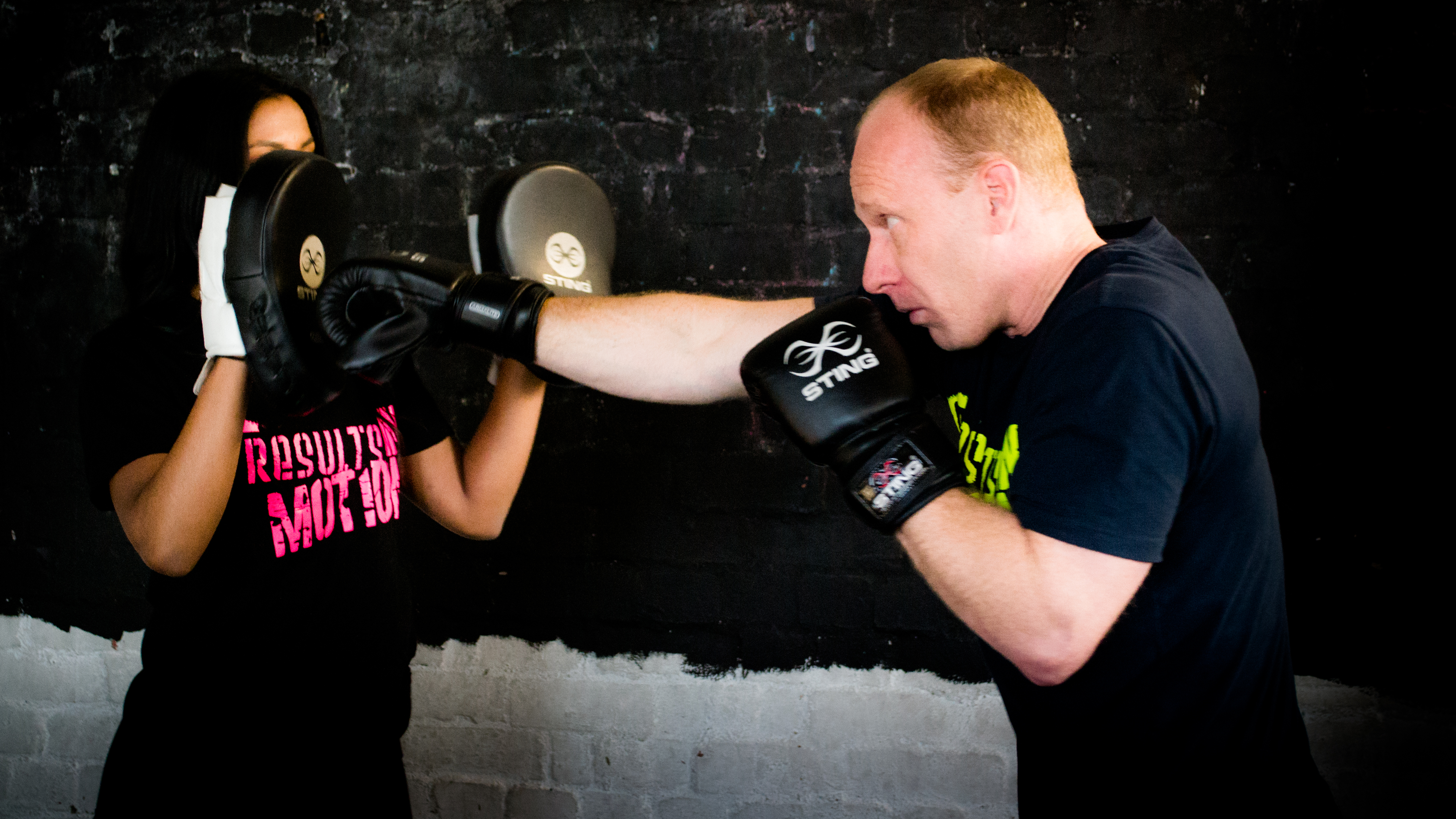What is a juice cleanse/ fast?
During a juice cleanse, a person limits their diet to only fresh vegetable, fruit juices and water for a few days to sometimes a few weeks. The fast focuses on freshly made, unpasteurised juice, so the bottles of OJ in the fridges at Coles wouldn’t be allowed. People either buy the juices pre- made from a manufacturer of juice cleanse products or purchase a juicer and make their own concoctions at home.
The craze of juice cleanses are becoming the new thing, promising weight loss, body detoxification and the treatment and prevention of everything from the common cold to even cancer. A nutritious freshly squeezed juice every now and then can be beneficial for your health, but when it’s taken to the extreme – like limiting your diet to STRICTLY juices for weeks, it not only fails to be the magic solution some people are claiming it to be – it can also do more harm than good.
Many juice- only cleanses lack the fat and nutrients our liver needs to do its job properly. The liver needs nutrients to detox. It detoxes in two phases and needs different vitamins, minerals, antioxidants and amino acids – it functions better with food. Start with the basics – the liver needs good fats, and in a juice only fast there is no fat. Drinking 2 litres of water and eating 2 (portions of fruit) and 5 (of veggies), is a cheaper, long- term solution for your liver.
Common symptoms while on a juice cleanse can include headaches, diarrhoea, nausea, pimples and bloating. These are the result of toxins stored in the system being released into the blood stream. Generally, the chemicals we are exposed to are stored in our system in fat, sometimes for years and yes they are released in a cleanse, but they are released in a rush. That’s what causes the nausea. It’s good to support the liver but not in a rapid fashion. You can support it every day through food.
Juicing is not better than whole fruits and vegetables, in fact – it removes some nutrients. While the juice form does hydrate and supply nutrients, there is no reliable scientific research to support claims that juicing your produce is healthier than eating it whole. The fibre and some of the antioxidants found in the skins and seeds of fruits and vegetables are often eliminated in the juicing process. Like the white pulp in an orange – provides flavanoids, but that is usually left behind!
Because juice doesn’t offer the fibre contained in fruits and veggies, the body absorbs fructose sugar more easily, which can affect blood- sugar levels. None of this means you shouldn’t drink juice. It simple means, instead of drinking juice for weeks, a healthier route might be just including juices in a balanced diet of fruits, vegetables, lean protein and whole grains.
To put this into short list of why we don’t encourage juice cleanses:
- Juices are less filling than whole fruits and veggies – You’re not going to feel as satisfied and full if you drink your meals instead of chewing them.
- Juice fasts can leave out critical nutrients your body needs to function properly. There is a reason dietary guidelines include various categories of food – you can’t get all of your essential vitamins and minerals out of just one
- It is not an effective and way to lose weight and keep it off. By cutting out all of the fat from your diet and drastically lowering your calorie intake, yes you may lose some weight. But you will most likely put it right back on after the fast.
- It’s not cheap. A popular Melbourne manufacturer will charge you $65 a day for its cleansing package of juices. Want to juice at home? Get ready to spend anywhere around $30 to $300 for a juicer.
Overall, here at Results in Motion, we don’t advocate that our clients juice cleanse – it’s not a long term solution, it is difficult to adhere to and SURELY you’d rather eat your food than drink it right? SO MUCH tastier 🙂

